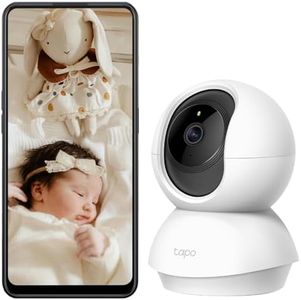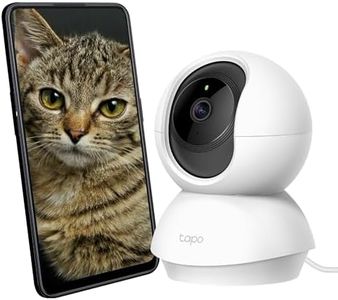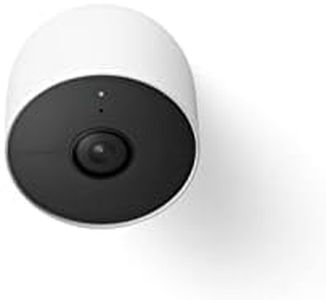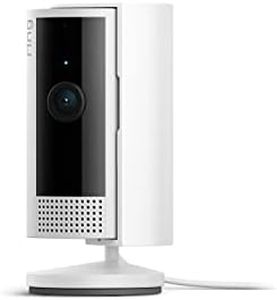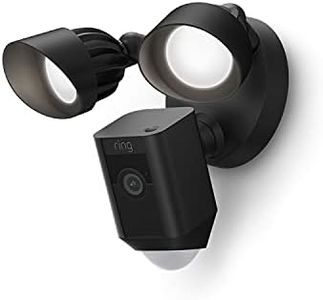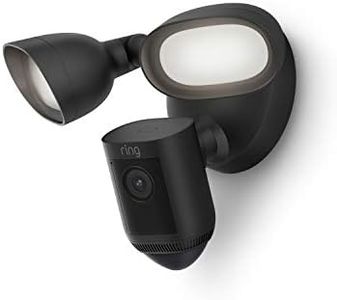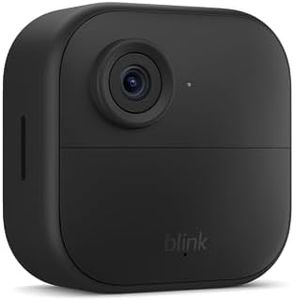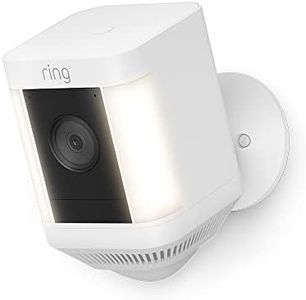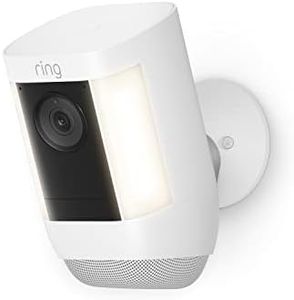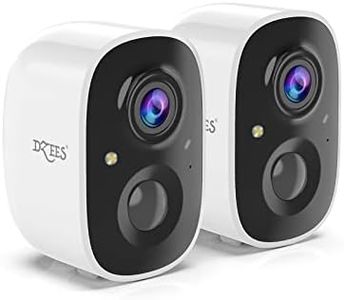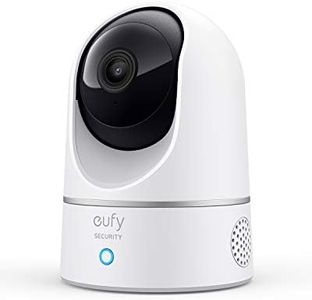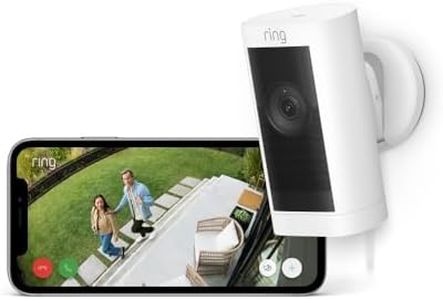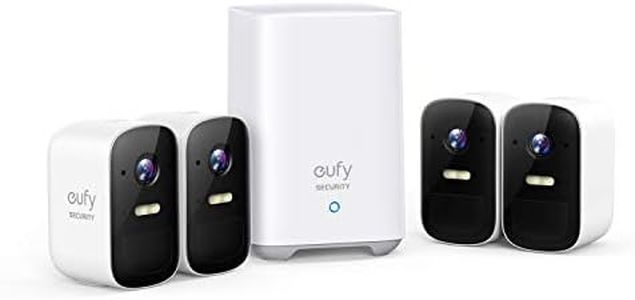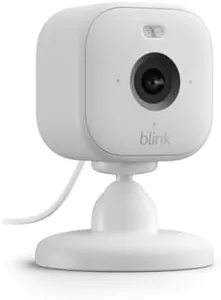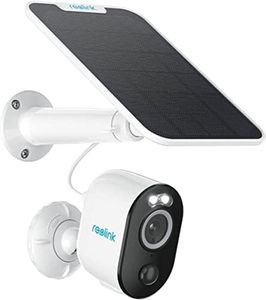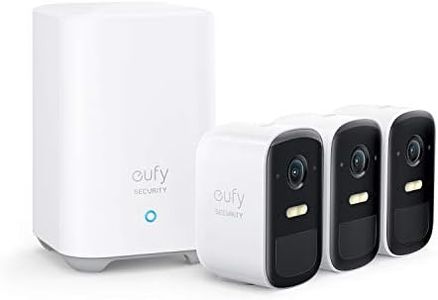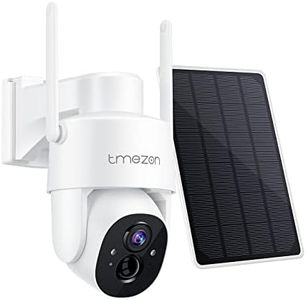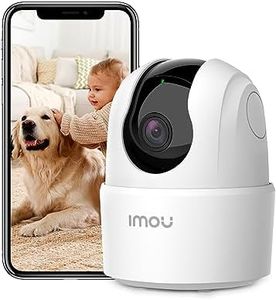Buying Guide for the Best Security Cameras
Choosing the right security camera starts with understanding what you want to protect and how you want to monitor your property. Think about the area you need to cover, whether it's indoors or outdoors, and how you'll access the footage. The right camera helps you feel safe with clear images, reliable alerts, and ease of use, making security more accessible and responsive to your needs.ResolutionResolution refers to the clarity of the video the camera captures, measured in pixels such as 720p, 1080p, or 4K. Higher resolution means you get clearer, more detailed images, which is important for identifying faces or license plates in the footage. Cameras generally range from standard HD (720p), full HD (1080p), to ultra-HD (4K). If details are crucial, like watching who comes to your door, aim for at least 1080p. Lower resolutions may suffice for simply detecting movement in less critical areas. Your needs will determine whether you need crisp detail or just a general overview.
Field of View (FOV)Field of view indicates how wide an area the camera can capture, usually measured in degrees. Wider angles cover more area but may make details at a distance harder to see, while narrower angles focus on smaller areas with more detail. Cameras often range from around 90 to 180 degrees. To monitor a whole room or yard, a wider view is beneficial, but for focusing on a doorway or driveway, a narrower field may be better. Match the field of view to the area you want to observe.
Night VisionNight vision lets cameras capture images in low light or complete darkness, using infrared or other technologies. The quality and range of night vision are important if you want security after dark or in poorly lit areas. Typical ranges go from 20 feet up to 100 feet or more. If you need to see clearly at night, check the camera’s night vision range and image clarity; choose something that covers your target area well after sunset.
Power SourceSecurity cameras can be powered by plugging into an electrical outlet (wired), batteries, or even solar panels. Wired cameras offer steady power but can be harder to install, while battery-powered cameras are flexible in placement but require recharging or battery changes. Solar-powered models are ideal for remote locations with sunlight. Think about where you’ll place the camera and how easy it is to run wires or swap batteries to select the best power option for your setup.
ConnectivityConnectivity describes how the camera connects to your network or storage—either through Wi-Fi, Ethernet cables, or local storage like SD cards. Wi-Fi cameras are easy to set up but depend on a strong signal, while wired connections can be more stable but limit placement flexibility. If you want remote viewing from your phone, ensure the camera can connect to your home network reliably. For areas with poor Wi-Fi, a wired or local-storage camera may be better.
Motion Detection and AlertsMany security cameras include motion detection, which triggers recording and/or sends you alerts when movement is detected. Some cameras offer customizable sensitivity or smart alerts that distinguish between people, animals, or other movement. If you need to minimize false alarms, look for these features. For basic monitoring, standard motion alerts might be enough, but if you want precise notifications, choose a camera with advanced detection options.
Weatherproof RatingFor outdoor use, a camera’s weatherproof rating (often marked as IP65/IP66/IP67) tells you how well it withstands dust and water. Higher ratings mean better protection from tough weather. If your camera will be out in the open, make sure to choose a weather-rated model. Indoor installations don’t need this, so you can focus on other features if all cameras are inside.
Storage OptionsStorage options refer to where your recorded footage is kept: on local memory (SD cards, network devices) or cloud services. Local storage gives you control without ongoing fees but may be limited in capacity. Cloud storage usually offers longer retention with easy remote access, though it often requires a subscription. Consider how much footage you want to save, how long you need access, and your privacy preferences when choosing a storage type.
